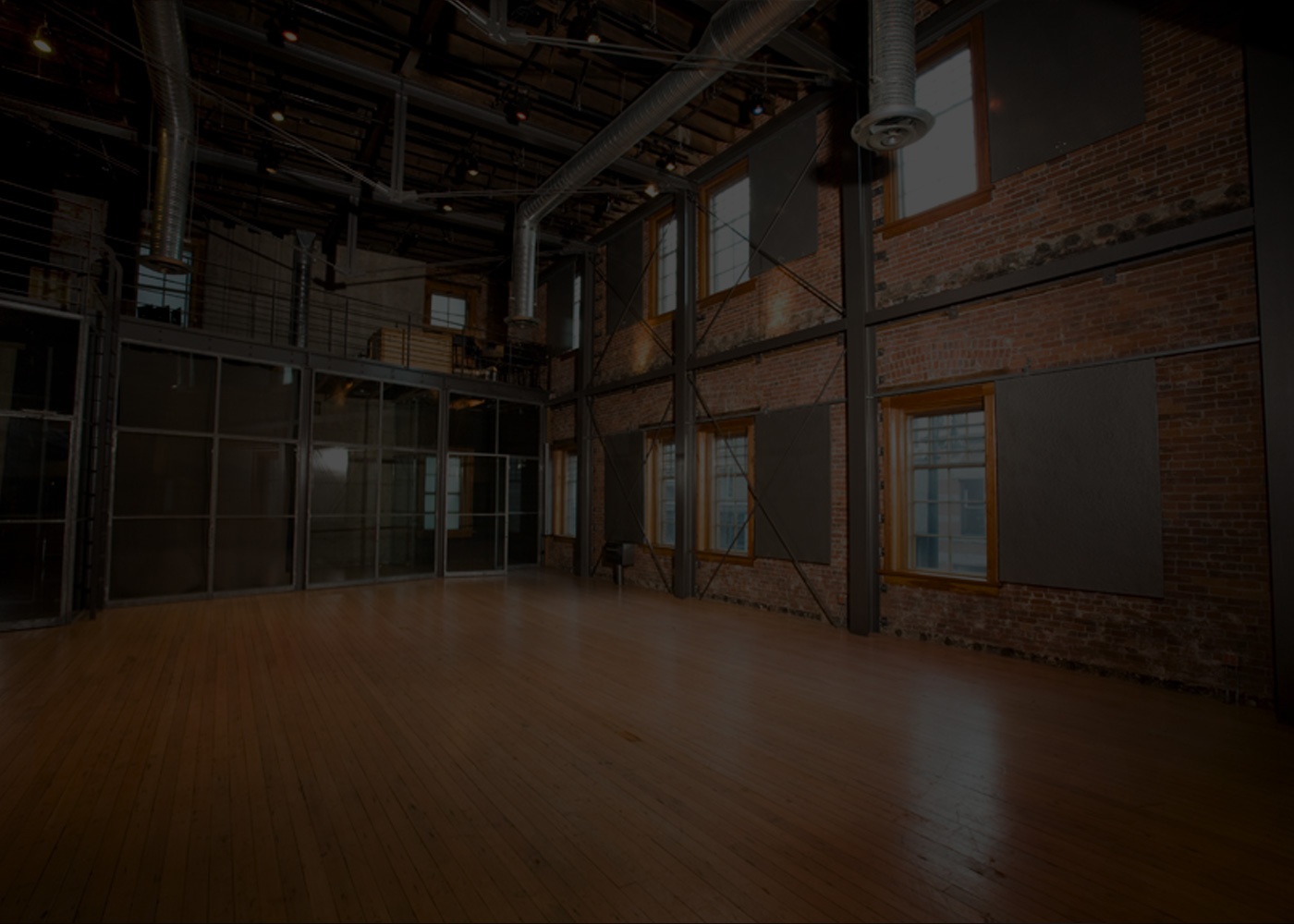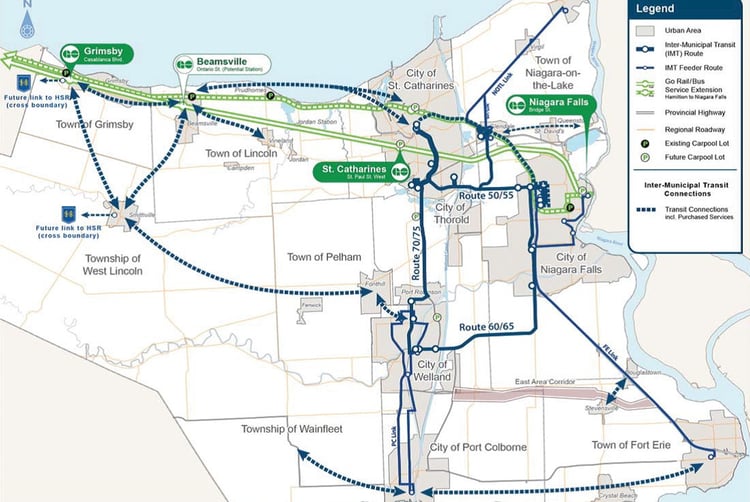The business plan for year-round GO service in Niagara that was submitted to the province in April 2015 is finally coming to fruition. The province announced it will expand GO Train service from Hamilton to Niagara Falls, including stops in Grimsby and St. Catharines. Although the project isn’t expected to be completed until 2023, the plan is to have a daily service that will see seven trains in and seven out, connection to James St. North GO station for transfer to Lakeshore West Line, and schedules that will accommodate the canal crossing.
Project breakdown
The project will include a new station in Grimsby, a new train layover facility in Niagara Falls, and 30 kilometres of new track. The 60-kilometre expansion will connect to the future Confederation Go Station in Stoney Creek and is expected to open in 2021. The total project costs for this project is expected to be $130 million: $40 million in station improvements, $80 million in track improvements, and $10 million for contingency. The government also estimated that new GO Train stations cost $50-$75 million each, not including operating, maintenance, and energy costs.
Economic benefits
Niagara Falls mayor Jim Diodati says the rail service will help the 50,000 people who commute from Niagara to the greater Toronto and Hamilton area for work. This will bring additional economic benefits to the region, including:
- 2,400 new full-time jobs in Niagara resulting from transit operations
- 1,200 additional full-time construction jobs to implement daily GO service
- The ability for employers to attract and retain talented staff helping grow businesses
- An estimated $195 million in economic impact
GO services benefit residential development
As the commuter traffic from Niagara to Hamilton continues to rise, it’s very evident that we’re increasingly becoming interdependent with the GTHA. Niagara’s favourable housing affordability has resulted in many city-dwellers selling their GTHA properties and re-investing in Niagara. The GO Train announcement will enhance this growth as it will allow more people to live and work in the Niagara-Hamilton area. Residential development activity is likely to increase as a result of the GO service, complementing the current strong demand for new residential growth, and more housing to be concentrated around planned GO Train stations and downtown cores.
Along with the attractive housing affordability, healthcare facilities in the region have also seen recent investment. The combination of these two is helping attract retirees from Mississauga and Toronto and keeping Niagara’s growing number of retiring Baby Boomers in the region. The upper-end market is growing rapidly as out-of-town investors recognize the value of St. Catharines’ real estate and the GO Transit will help reinforce this growth.
Niagara continues to grow
The announcement of GO services coming to Niagara is great for the region. This will allow for growth all over, and encourage more investment into the region. More people will settle down including retirees, and more of the younger demographic graduating from post-secondary schools in the region will be enticed to get involved in the investment and growth of Niagara.
It is still unclear as to the long-term effects of daily GO service in Niagara with respect to future commercial and industrial developments; however, the recent announcement of the new GE plant in Welland would indicate confidence in the Niagara industrial market going forward, and speaks volumes as to Niagara’s potential once GO service is a regular amenity. The Region still has a lot of work to be done on inter-municipal transit, in order to facilitate GO riders once they stop off the track, but I’m hopeful the timelines for GO expansion give enough lead time to generate a plan.





